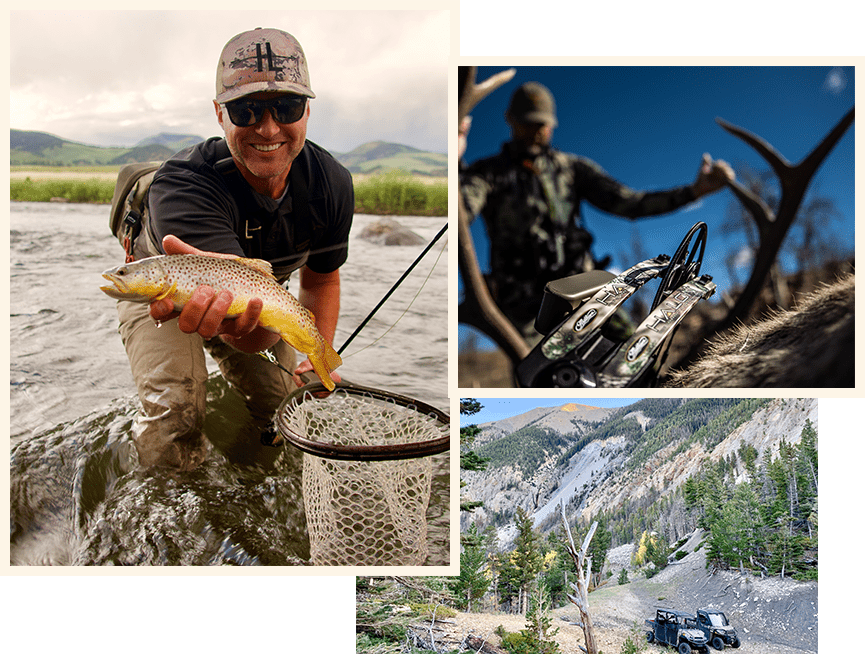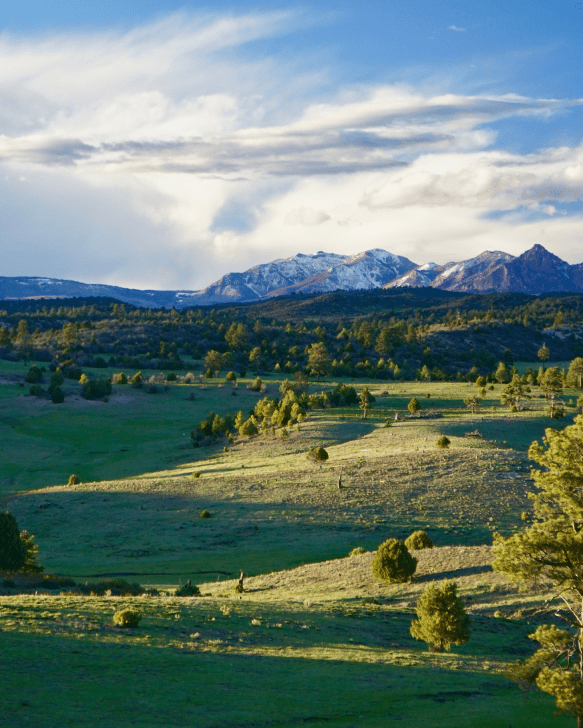Improving Your Short Game – Mountain Fishing Property
Flyfishing, like golf, has a both a long game and a short game. While nearly everyone likes to uncork a 70-foot cast from time to time, doing so all the time won’t catch many fish. Even Tiger Woods wouldn’t win many tournaments if he were always using his driver. Successful golfers learn how to make both the drive and the chip shot. And flyfishers who perfect their short game are frequently those who catch the most and the largest trout.
The temptation to make long casts is understandable, for the rhythm of casting a long line is mesmerizing, but long casts often come up short when compared to short casts in actual fishing situations. On many streams, long casts create problems that short casts don’t.
First and foremost of these problems is drag. Let’s be honest: the more line that’s on the water at any one time, the more opportunities there are for some renegade current to grab the line and drag the fly. And while trout may occasionally eat dragonflies, they sure don’t like draggin’ flies. Short casts make it much easier to control drag.
Second, long casts put you much further away from the action. Is it easier to track your #26 Midge from 20 feet or from 60 feet? Sometimes knowing “generally” where your fly is on the water is good enough, but many times it isn’t. Poor visibility can result in striking a split-second too late and missed fish. Being closer also enables you to observe trout behavior better and micro-currents that may be sweeping your fly out of the correct feeding lane.
Third, long casts are just that much more difficult to control accurately and land gently on the water. Expert casters can land a fly on a quarter as gently as a feather at 75 feet, but most of us mortals cannot. Better to make a short, accurate cast than a long, sloppy one.
Using the right flyrod can make a big difference in improving your short game. Long casts, with their extra line weight, are often easier to make than short casts, because they load the rod almost automatically on the backcast. Short lines, however, can make it difficult to feel the rod loading, and more difficult to time.
Anglers can do a couple of things to help if they’re having trouble with short casts. First, they can try a “softer” or slower-action rod. Many find that these rods are easier to load with short lines. Second, they may try “overlining” their rod one line weight, which gives the angler more weight to load the rod for a given length of line.
Most anglers avoid casting too short of a line largely because they correctly understand that trout are spooky creatures. Who hasn’t clumsily lumbered up on to a pool and watched terrified fish scatter in every direction? Given a couple of such experiences, it isn’t unreasonable to conclude that “further away is better.”
But given the already-mentioned advantages of short casts, most anglers would do better to move closer to their quarry, but make themselves less visible in doing so. Crouching, kneeling or even lying down are hunting strategies that work well when fishing, too. Muted, camouflage clothing can protect you from the eyes of trout as well as turkeys. Casting from the trout’s blind spot directly below it is a smart short cast approach. All of these stalking strategies can pay big dividends when casting a short line.
Next time on the stream, instead of trying to lengthen your cast, try to shorten it and see how close you can get to your quarry. You may be surprised with the results. Sometimes shorter is better.


